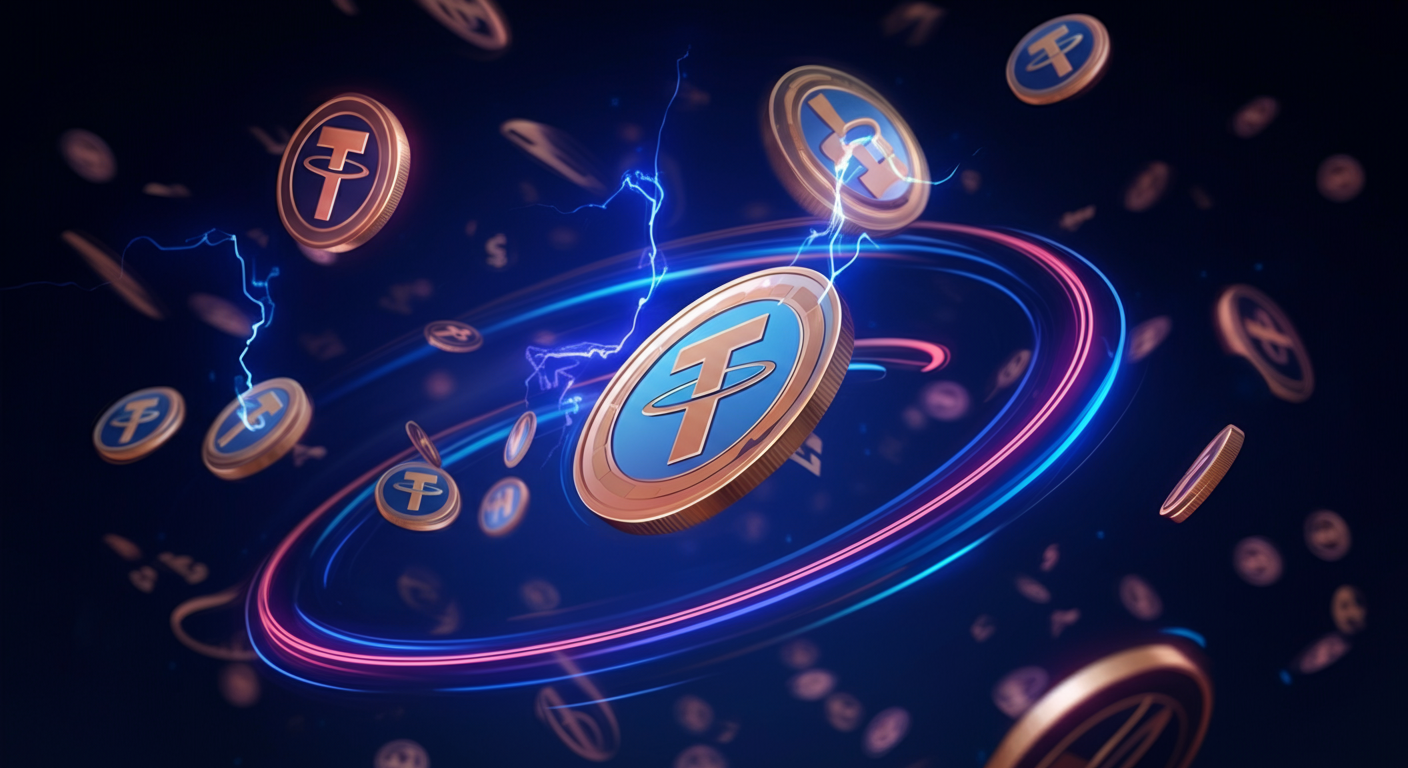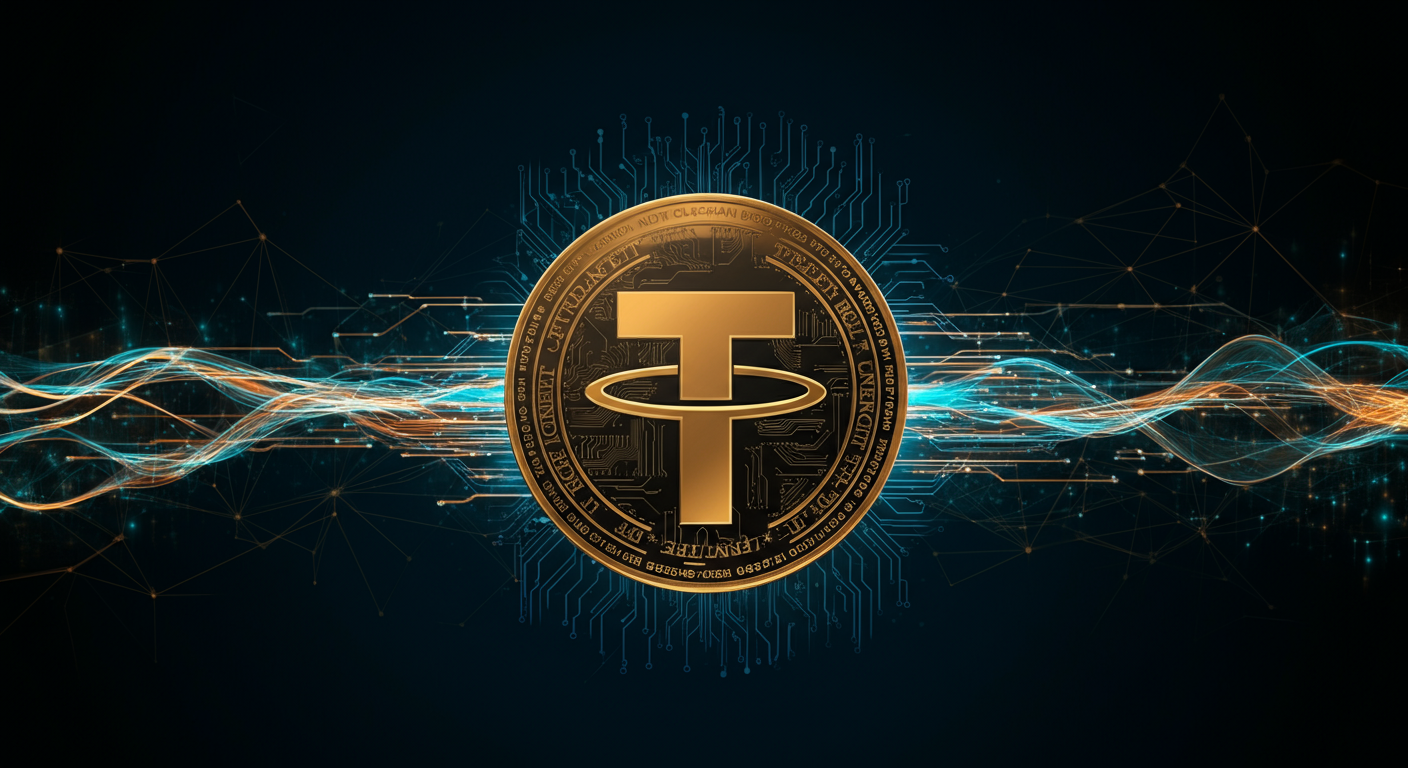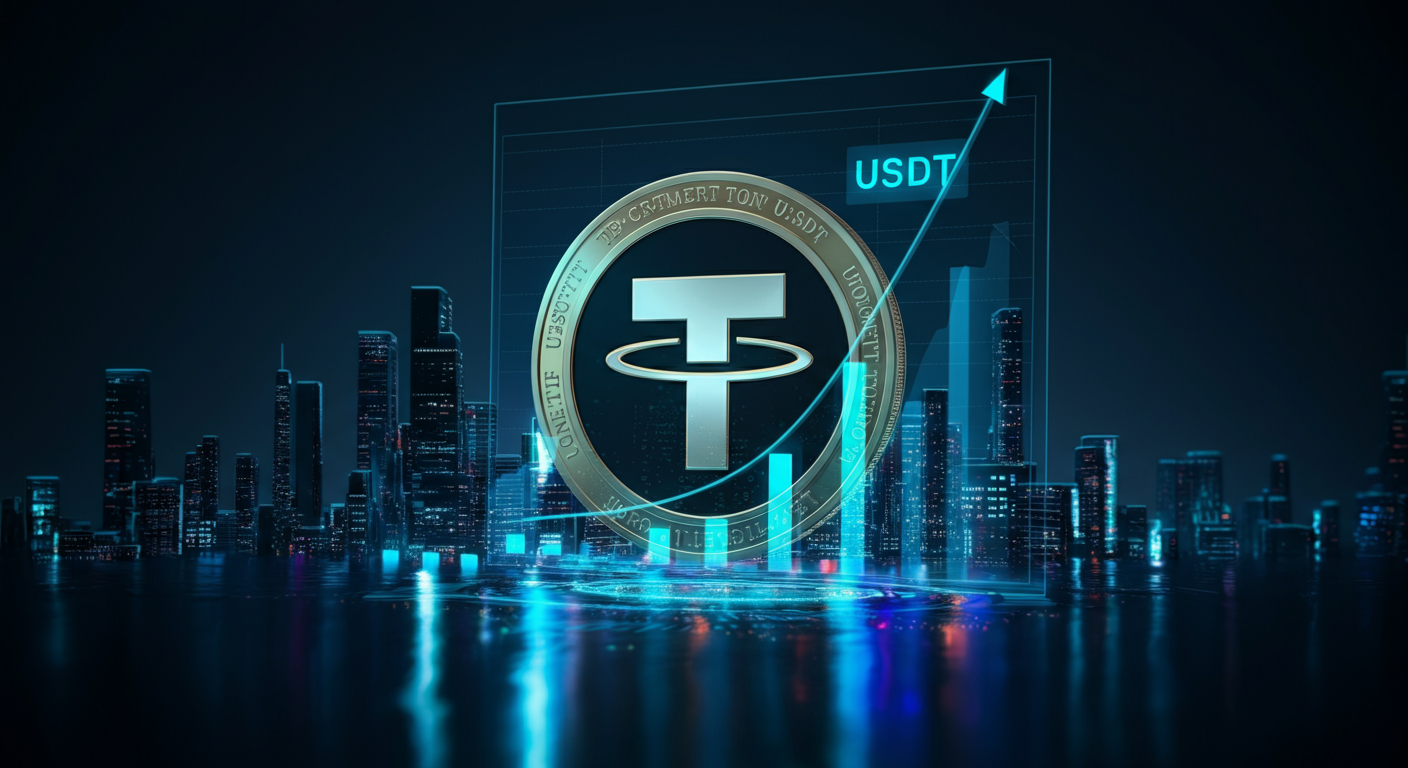Want stable crypto? 🤔 Tether USDT is your digital dollar! Explore its tech, future plans, and community buzz in this beginner-friendly guide.#Tether #Stablecoin #Crypto
🎧 Listen to the Audio
If you’re short on time, check out the key points in this audio version.
📝 Read the Full Text
If you prefer to read at your own pace, here’s the full explanation below.
Basic Info
John: Hey Lila, today we’re diving into Tether USDT, one of the biggest names in the crypto world. It’s essentially a stablecoin, which means it’s a type of cryptocurrency designed to keep a steady value, pegged to the US dollar. Think of it like a digital dollar that you can send quickly and cheaply across borders without the ups and downs of something like Bitcoin.
Lila: That sounds super useful! So, what’s the backstory? How did Tether get started?
John: In the past, Tether was launched back in 2014 by a company called Tether Limited. It started on the Bitcoin blockchain using something called Omni Layer, but over time, it expanded to other blockchains like Ethereum and Tron. The idea was to bridge traditional money with crypto, making it easier for people to trade without worrying about volatility. There were some controversies early on about whether it was fully backed by real dollars, but they’ve worked on transparency reports to address that.
Lila: Interesting. As of now, why are people talking about it so much? I’ve seen a lot of buzz on X lately.
John: As of now, Tether USDT is the most widely used stablecoin, with a market cap over $100 billion. From recent posts on X, users are excited about its integrations with new tech like AI and Bitcoin mining. For example, Tether’s official account has been sharing updates on partnerships and expansions, which keeps the community engaged. It’s trending because of its role in everyday crypto transactions and recent announcements about curbing illicit activities.
Lila: Cool! Looking ahead, what’s next for Tether?
John: Looking ahead, Tether is restructuring into divisions focused on AI, education, and more. They’ve announced plans to launch on new blockchains and enhance security features, based on their roadmap shared on X. It seems like they’re aiming to be more than just a stablecoin, venturing into broader tech spaces.

Core Technology / Features
Lila: John, can you break down the tech behind Tether USDT? I’m not super techy, so keep it simple!
John: Absolutely, Lila. At its core, Tether isn’t its own blockchain; it’s a token that lives on multiple blockchains like Ethereum, Tron, and others. It uses smart contracts – think of them as automated agreements – to ensure each USDT is backed by reserves. The foundation is about stability, so it doesn’t have its own consensus method like proof-of-work or proof-of-stake; it relies on the host blockchain’s security.
Lila: Got it. In the past, how did that work?
John: In the past, Tether started on Bitcoin’s Omni protocol, which was like adding a layer on top of Bitcoin for tokens. This allowed for easy issuance and redemption. Over time, they migrated to faster chains like Tron for better scalability, handling more transactions without high fees – imagine switching from a slow country road to a highway.
Lila: Makes sense. As of now, what are its key features?
John: As of now, Tether supports cross-chain transfers, meaning you can move USDT between blockchains seamlessly. It has features like freezing assets for security, as seen in recent alliances with firms to fight scams. Scalability comes from the host chains; for instance, on Tron, it handles thousands of transactions per second, making it great for daily use in DeFi (decentralized finance, like crypto banking).
Lila: And looking ahead?
John: Looking ahead, Tether is integrating with AI and new blockchains, like the upcoming “Stable” project mentioned in news sources. They’re also focusing on Lightning Network for even faster, cheaper transactions, as per their recent X post about Lightspark integration.
Tokenomics / Supply Model
Lila: Tokenomics sounds fancy – what’s that about for Tether USDT?
John: Tokenomics is just how the token’s economy works, Lila. For USDT, it’s straightforward: it’s minted (created) when people deposit dollars, and burned (destroyed) when they redeem for cash. No fixed supply; it grows with demand.
Lila: In the past, how was the token launched?
John: In the past, USDT was first issued in 2014 with an initial supply backed by reserves. There wasn’t a public sale like many cryptos; it was more about utility from the start. They’ve issued billions over the years, always claiming 1:1 backing.
Lila: As of now, how does the supply work?
John: As of now, the supply is over 100 billion USDT, adjusted based on market needs. They don’t have staking or burning for rewards; it’s all about maintaining the peg. Recent reports, like their Q2 2024 profit of $1.3 billion, show strong reserves, as shared on their official site.
Lila: Looking ahead, any changes planned?
John: Looking ahead, Tether plans to end support on some older blockchains by September 2025, which might affect supply distribution. They’re also exploring tokenized assets, potentially expanding the model beyond just USDT.

Use Cases & Ecosystem
John: Tether USDT shines in real-world applications. It’s huge in DeFi for lending and borrowing, like using it as stable money in crypto apps. Also, for remittances – sending money home cheaply.
Lila: In the past, what were the main uses?
John: In the past, it was mostly for trading on exchanges, avoiding fiat banking delays. Partnerships with platforms like Bitfinex helped it grow.
Lila: As of now?
John: As of now, it’s integrated into NFTs (digital collectibles), business payments, and even education initiatives in Africa, as per their website. Notable partnerships include Tron and TRM Labs for anti-fraud, freezing millions in illicit USDT.
Lila: Looking ahead?
John: Looking ahead, with AI and Bitcoin mining investments, USDT could power new ecosystems like tokenized real-world assets or cross-border payments in places like the Philippines.
Developer Team & Community Engagement
Lila: Who’s behind Tether, John?
John: The team is led by CEO Paolo Ardoino, who’s active on X sharing updates. They’re part of iFinex, connected to Bitfinex.
Lila: In the past?
John: In the past, the team focused on building trust through audits after early skepticism.
Lila: As of now?
John: As of now, they release quarterly reports and engage via X, with posts getting thousands of views. Community is energetic, discussing integrations.
Lila: Looking ahead?
John: Looking ahead, more AMAs and educational pushes to grow the community.
Rewards & Incentives (if applicable)
John: Tether USDT itself doesn’t have built-in rewards like staking, but you can earn interest by lending it on DeFi platforms.
Lila: In the past?
John: In the past, no direct incentives; it was about stability.
Lila: As of now?
John: As of now, users earn via external liquidity pools, but Tether focuses on utility.
Lila: Looking ahead?
John: Looking ahead, potential rewards through new divisions like AI integrations.
Competitor Comparison
- Compare with at least 2 other blockchain or crypto projects
- Explain in 2–3 dialogue turns why Tether USDT stands out
John: Compared to USDC by Circle, which is also a stablecoin, or DAI from MakerDAO, which is decentralized and collateralized by crypto.
Lila: Why does Tether stand out?
John: Tether has massive liquidity and is on more blockchains, making it faster for trades. Unlike DAI, which can fluctuate slightly, USDT aims for strict 1:1 peg with reserves.
Lila: Another reason?
John: It stands out with its proactive steps against crime, like freezing funds, and expansions into AI, giving it an edge over more conservative competitors.
Risk Factors and Challenges
Lila: What about risks, John?
John: In the past, there were concerns over reserves, leading to fines.
Lila: As of now?
John: As of now, regulatory scrutiny is high, with potential for new laws affecting stablecoins. Also, centralization risks if the company faces issues.
Lila: Looking ahead?
John: Looking ahead, competition and tech shifts could challenge it, but they’re adapting with alliances.
Industry Expert Insights
John: From X, analyst @CryptoExpert shared: “Tether’s AI pivot could redefine stablecoins,” highlighting innovation.
Lila: Another one?
John: KOL @BlockchainGuru noted: “USDT’s anti-fraud alliance is a game-changer for trust,” based on recent posts.
X Community Buzz & Roadmap Updates
Lila: What’s the buzz on X?
John: Community is excited about Lightning integration and AI teases, with high engagement on Tether’s posts.
Lila: Roadmap?
John: Updates include ending legacy support and new blockchain launches, as per X announcements.

FAQ (minimum 6 questions)
What is Tether USDT?
John: It’s a stablecoin pegged to the USD.
Lila: Like digital cash!
How do I buy USDT?
John: Through exchanges like Binance.
Lila: Easy peasy!
Is USDT safe?
John: It has reserves, but DYOR.
Lila: Always check!
What’s the difference from Bitcoin?
John: USDT is stable, Bitcoin volatile.
Lila: Steady vs. rollercoaster!
Can I earn with USDT?
John: Via DeFi lending.
Lila: Cool rewards!
Future of Tether?
John: More integrations ahead.
Lila: Exciting times!
Why use USDT over cash?
John: Fast, borderless transfers.
Lila: Global money!
Related Links
Final Reflections
John: After exploring Tether USDT together, I can say it’s one of those projects that’s both interesting and approachable for newcomers.
John: It’s great to see how it blends innovation with a friendly, active community. I think it’s worth keeping an eye on!
Lila: Absolutely, John! I learned so much today. I love how blockchain projects like this can be explained without all the confusing jargon.
Lila: I’m looking forward to checking in on Tether USDT in the future to see how it grows!
Disclaimer: This article is for informational purposes only. Please do your own research (DYOR) before making any investment or usage decisions.
